2. November 2010
Sleepy..?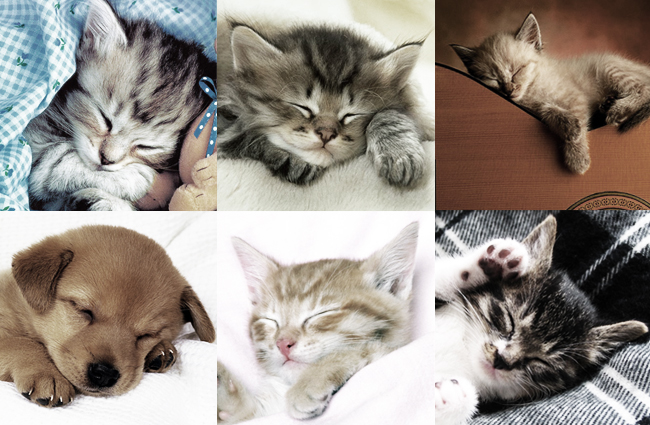
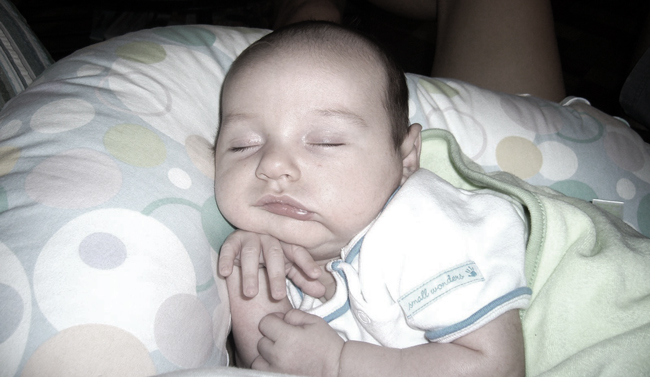 Fear of sleep ("This American Life" Podcast)
Sleep (Radiolab podcast)
_________________________________________________________________________________________________
Brainstorming Ideas & Analysis
Fear of sleep ("This American Life" Podcast)
Sleep (Radiolab podcast)
_________________________________________________________________________________________________
Brainstorming Ideas & Analysis


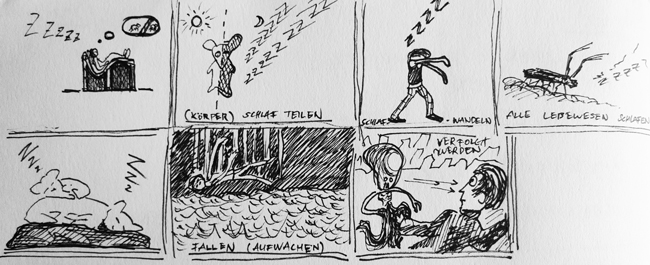
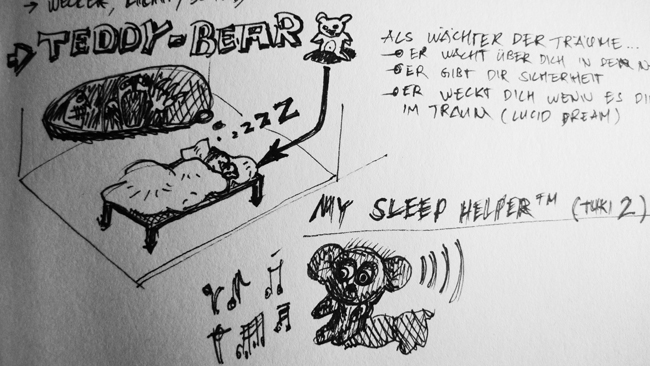
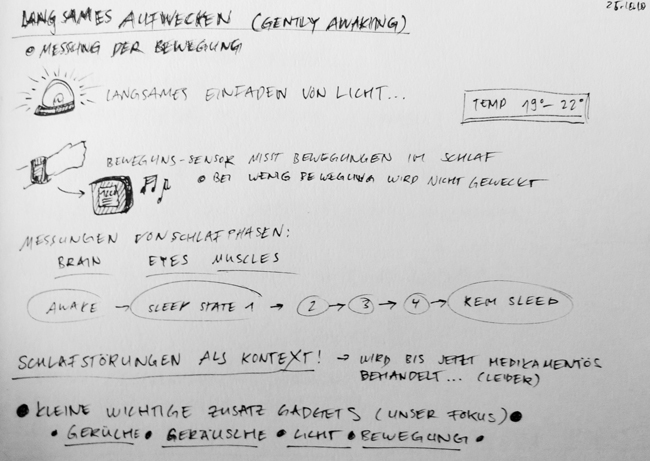
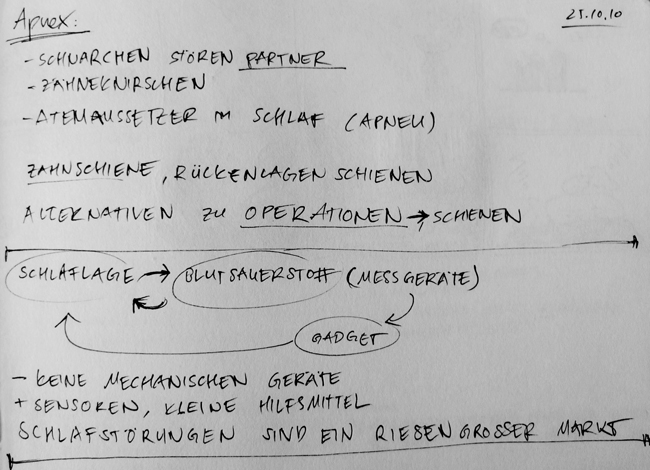 _________________________________________________________________________________________________
Summary of the Brainstorming
_________________________________________________________________________________________________
Summary of the Brainstorming
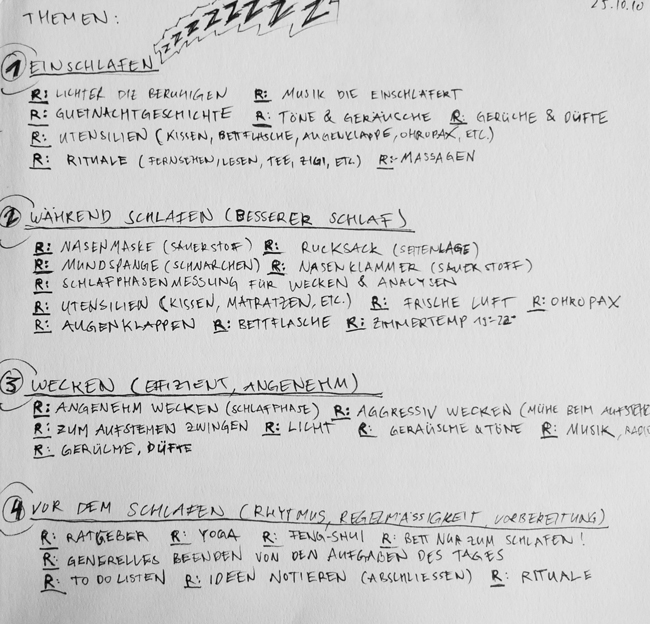 _________________________________________________________________________________________________
First Concept Definition
_________________________________________________________________________________________________
First Concept Definition
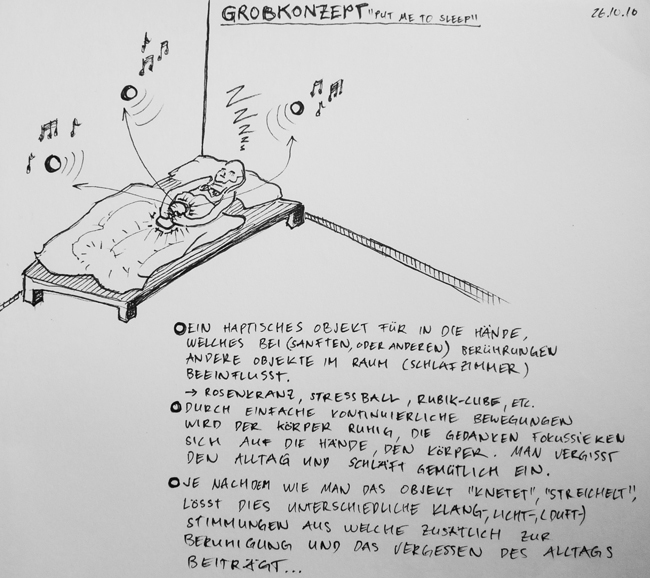 Most people at some point in their lifes experence having some trouble falling asleep. Athought there can be many reasons for this one of the more common reasons tends to be turning off the thought process and letting go of the days problems.
Using a meditation as a basic principle in order to reestablish the mind body connection, slow down the thought process and let go of life daily stresses.
How it works?
The user has a small hand held object which allows him or her to play with it in their hand. The object then operates sound and light systems which will have a calming effect on the user allowing them to focus on the object in their hand, the light patterns and sounds. This will hopfully redirect the users thoughts from daily life and stresses to a more tangable and relaxing experience.
_________________________________________________________________________________________________
The Object Analysis
Most people at some point in their lifes experence having some trouble falling asleep. Athought there can be many reasons for this one of the more common reasons tends to be turning off the thought process and letting go of the days problems.
Using a meditation as a basic principle in order to reestablish the mind body connection, slow down the thought process and let go of life daily stresses.
How it works?
The user has a small hand held object which allows him or her to play with it in their hand. The object then operates sound and light systems which will have a calming effect on the user allowing them to focus on the object in their hand, the light patterns and sounds. This will hopfully redirect the users thoughts from daily life and stresses to a more tangable and relaxing experience.
_________________________________________________________________________________________________
The Object Analysis


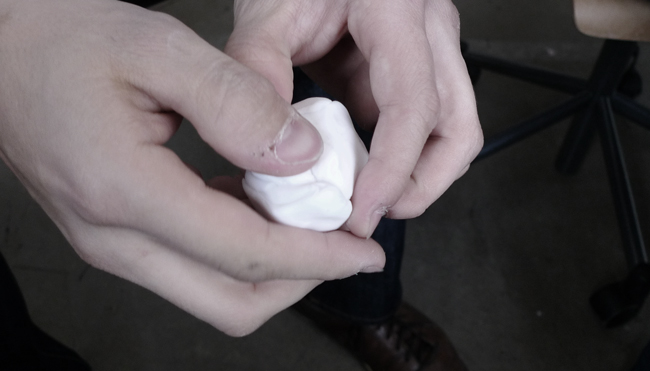
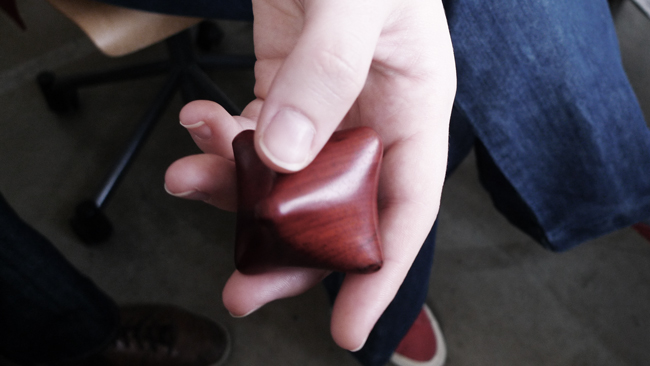
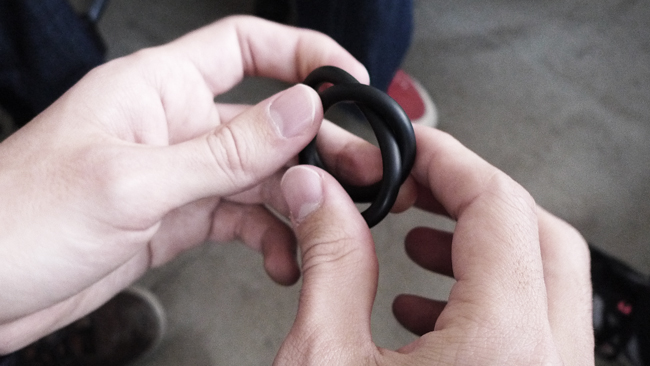
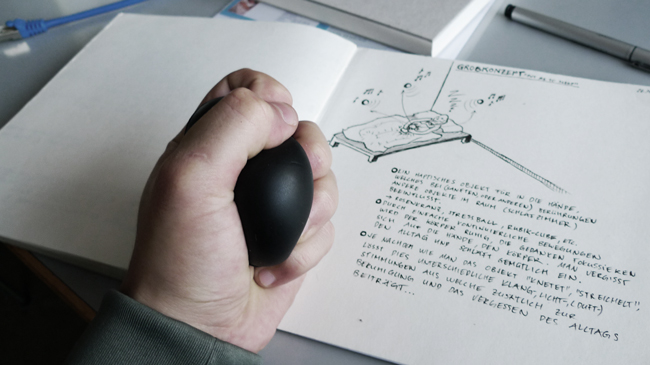 _________________________________________________________________________________________________
Final Concept Definition
_________________________________________________________________________________________________
Final Concept Definition
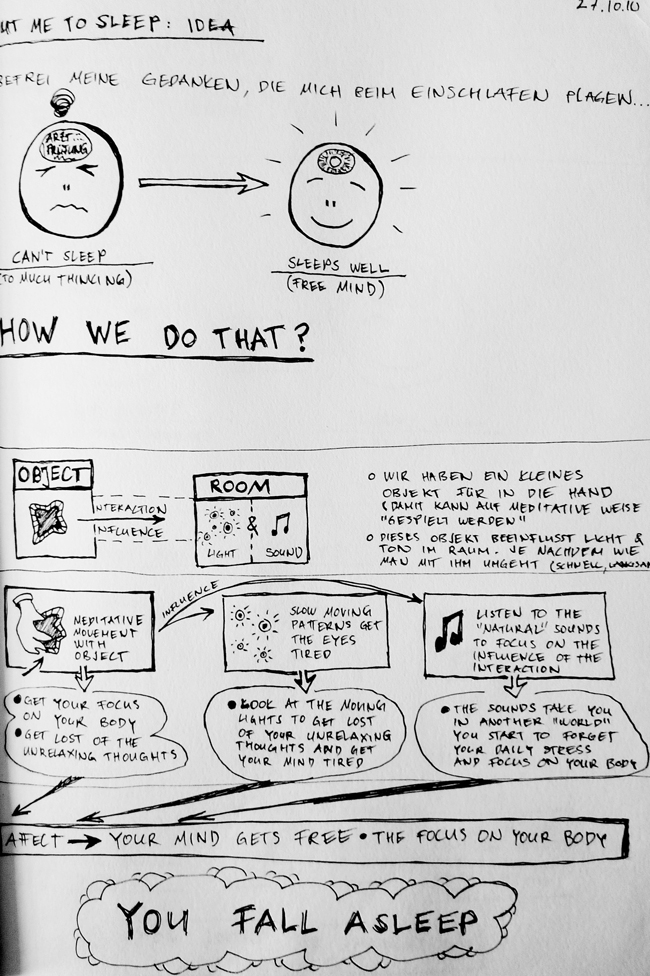
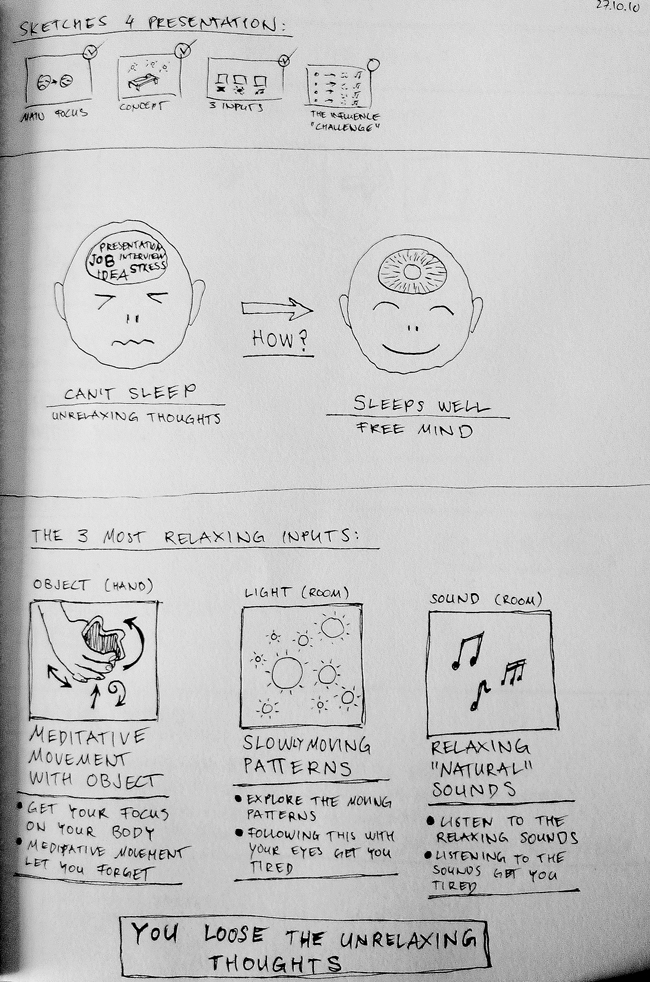
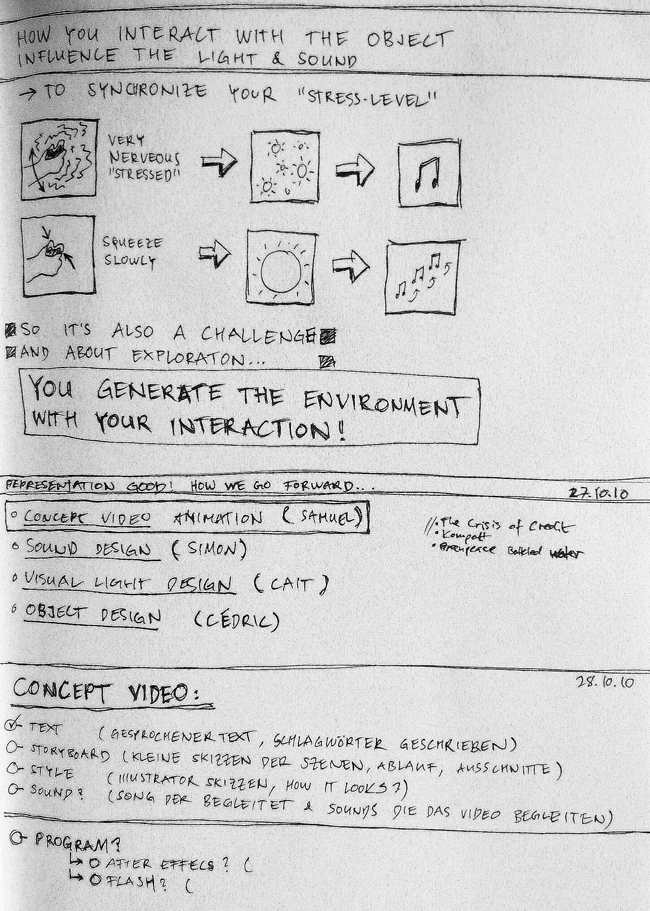 The senses that will be affected
The senses that will be affected
Hearing, Sight & Touch.
The goal
By using the system the user will be able to let go of thoughts and daily stresses faster; Therefore helping them fall asleep in a more timely fashion and wake up in the moring more rested.
Types of sleep in animals:
Unihemispheric sleep refers to sleeping with only a single cerebral hemisphere. The phenomenon has been observed in birds and aquatic mammals, as well as in several reptilian species (the latter being disputed: many reptiles behave in a way which could be construed as unihemispheric sleeping, but EEG studies have given contradictory results). Reasons for the development of unihemispheric sleep are likely that it enables the sleeping animal to receive stimuli, threats, for instance, from its environment, and that it enables the animal to fly or periodically surface to breathe when immersed in water. Only non-REM sleep exists unihemispherically, and there seems to exist a continuum in unihemispheric sleep regarding the differences in the hemispheres: in animals exhibiting unihemispheric sleep, conditions range from one hemisphere being in deep sleep with the other hemisphere being awake to one hemisphere sleeping lightly with the other hemisphere being awake. If one hemisphere is selectively deprived of sleep in an animal exhibiting unihemispheric sleep (one hemisphere is allowed to sleep freely but the other is awoken whenever it falls asleep), the amount of deep sleep will selectively increase in the hemisphere that was deprived of sleep when both hemispheres are allowed to sleep freely.
The neurobiological background for unihemispheric sleep is still unclear. In experiments on cats, where the connection between the left and the right halves of the brain stem is severed, the brain hemispheres show a desynchronized EEG where the two hemispheres can sleep independently of each other.[37] In these cats, the state where one hemisphere slept non-REM and the other was awake, as well as one hemisphere sleeping non-REM with the other state sleeping REM were observed. Interestingly, the cats were never seen to sleep REM sleep with one hemisphere while the other hemisphere was awake. This is in accordance with the fact that REM sleep, as far as is currently known, does not occur unihemispherically. (See also unihemispheric slow-wave sleep.)
Hibernation
is a state of inactivity and metabolic depression in animals, characterized by lower body temperature, slower breathing, and lower metabolic rate. Hibernating animals conserve food, especially during winter when food is short, tapping energy reserves, body fat, at a slow rate. It is the animal's slowed metabolic rate which leads to a reduction in body temperature and not the other way around.
Hibernation may last several days or weeks depending on species, ambient temperature, and time of year, and fur on the animal's body. The typical winter season for a hibernator is characterized by periods of hibernation interrupted by sporadic euthermic arousals wherein body temperature is restored to typical levels. There is a hypothesis that hibernators build a need for sleep during hibernation more slowly than normally, and must occasionally warm up in order to eat. This has been supported by some evidence in the arctic ground squirrel.
_________________________________________________________________________________________________